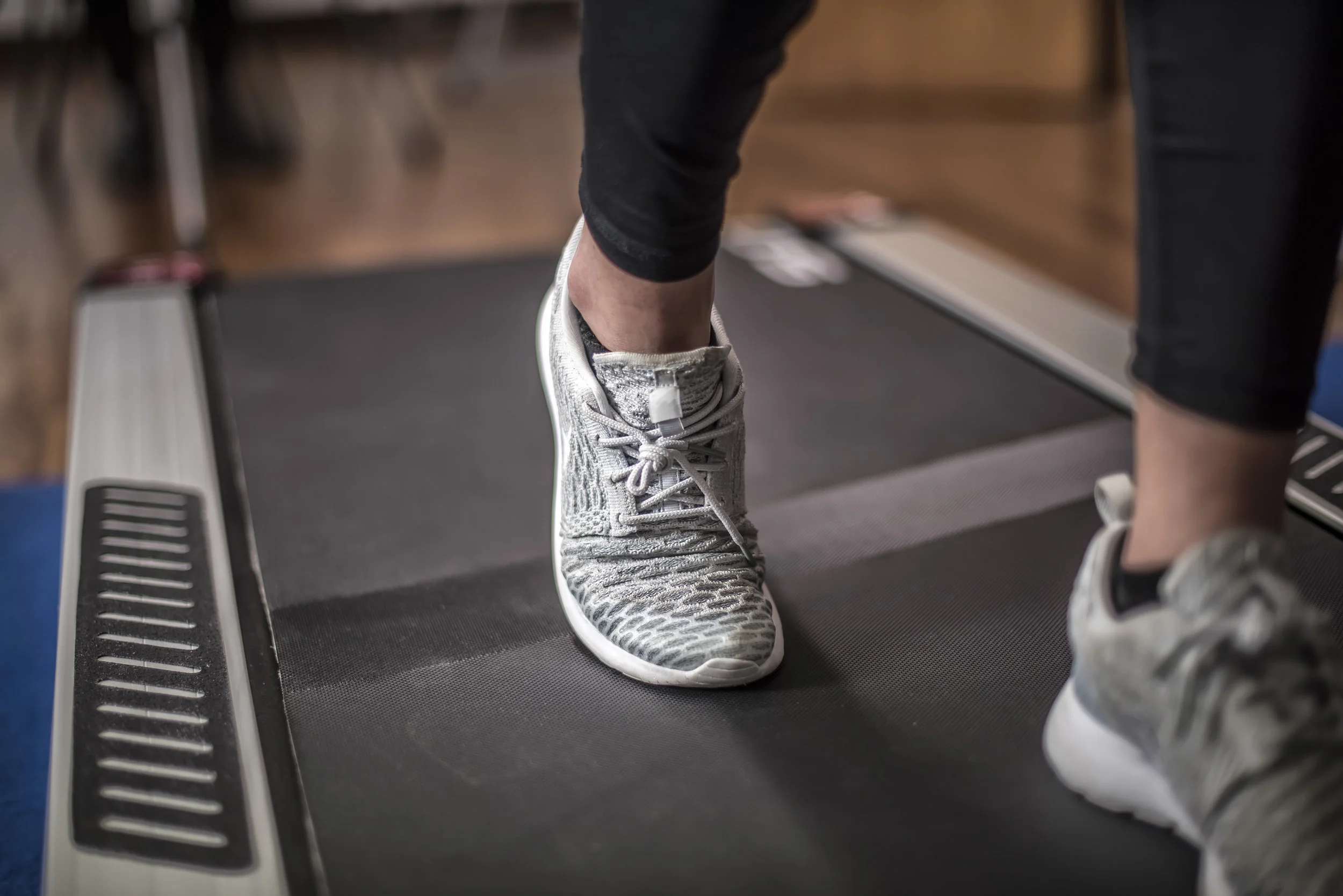Picture this: You're sitting at your desk, working on a difficult task, when it suddenly feels as if a belt or vice is being tightened around the top of your head. Or you have periodic headaches that occur with nausea and increased sensitivity to light or sound. Maybe you are involved in a routine, non-stressful task when you're struck by head or neck pain.
Sound familiar? If so, you've suffered one of the many types of headache that can occur on its own or as part of another disease or health condition.
Anyone can experience a headache. Nearly 2 out of 3 children will have a headache by age 15. More than 9 in 10 adults will experience a headache sometime in their life. Headache is our most common form of pain and a major reason cited for days missed at work or school as well as visits to the doctor. Without proper treatment, headaches can be severe and interfere with daily activities.
Certain types of headache run in families. Episodes of headache may ease or even disappear for a time and recur later in life. It's possible to have more than one type of headache at the same time.
Primary headaches occur independently and are not caused by another medical condition. It's uncertain what sets the process of a primary headache in motion. A cascade of events that affect blood vessels and nerves inside and outside the head causes pain signals to be sent to the brain. Brain chemicals called neurotransmitters are involved in creating head pain, as are changes in nerve cell activity (called cortical spreading depression). Migraine, cluster, and tension-type headache are the more familiar types of primary headache.
Secondary headaches are symptoms of another health disorder that causes pain-sensitive nerve endings to be pressed on or pulled or pushed out of place. They may result from underlying conditions including fever, infection, medication overuse, stress or emotional conflict, high blood pressure, psychiatric disorders, head injury or trauma, stroke, tumors, and nerve disorders (particularly trigeminal neuralgia, a chronic pain condition that typically affects a major nerve on one side of the jaw or cheek).
Headaches can range in frequency and severity of pain. Some individuals may experience headaches once or twice a year, while others may experience headaches more than 15 days a month. Some headaches may recur or last for weeks at a time. Pain can range from mild to disabling and may be accompanied by symptoms such as nausea or increased sensitivity to noise or light, depending on the type of headache.
The therapists at Right Path Physical Therapy can help determine the source of your headache and alleviate it.

